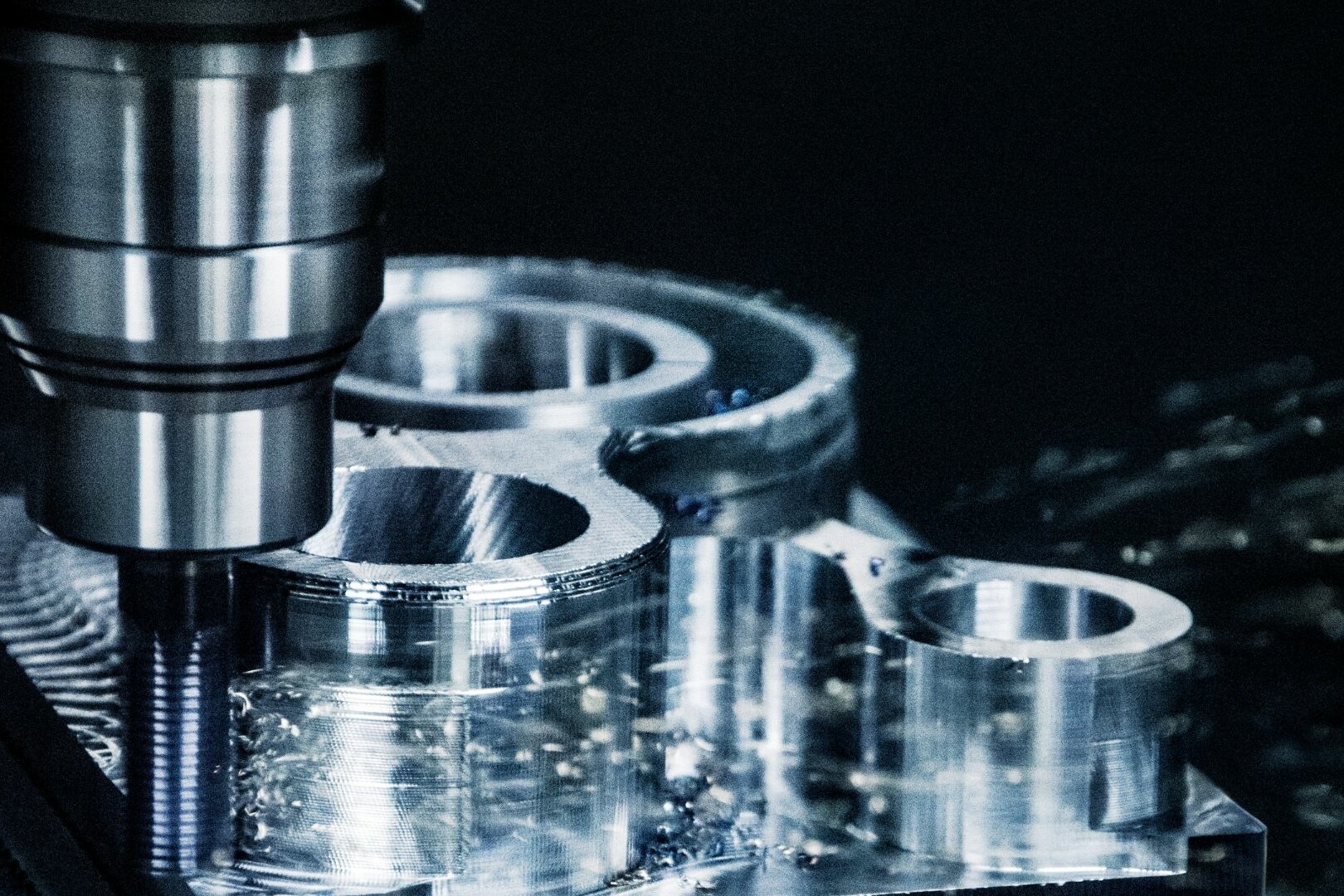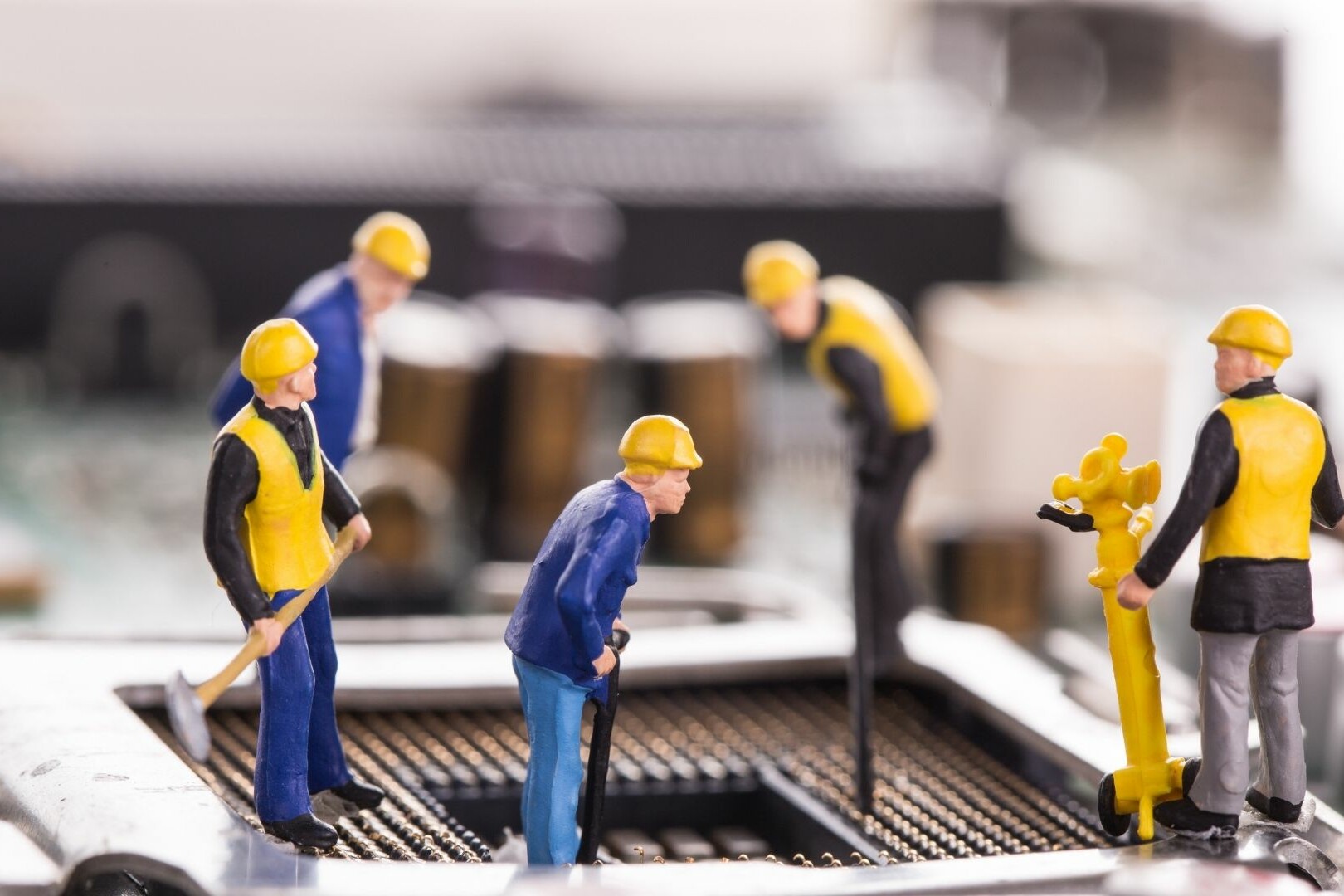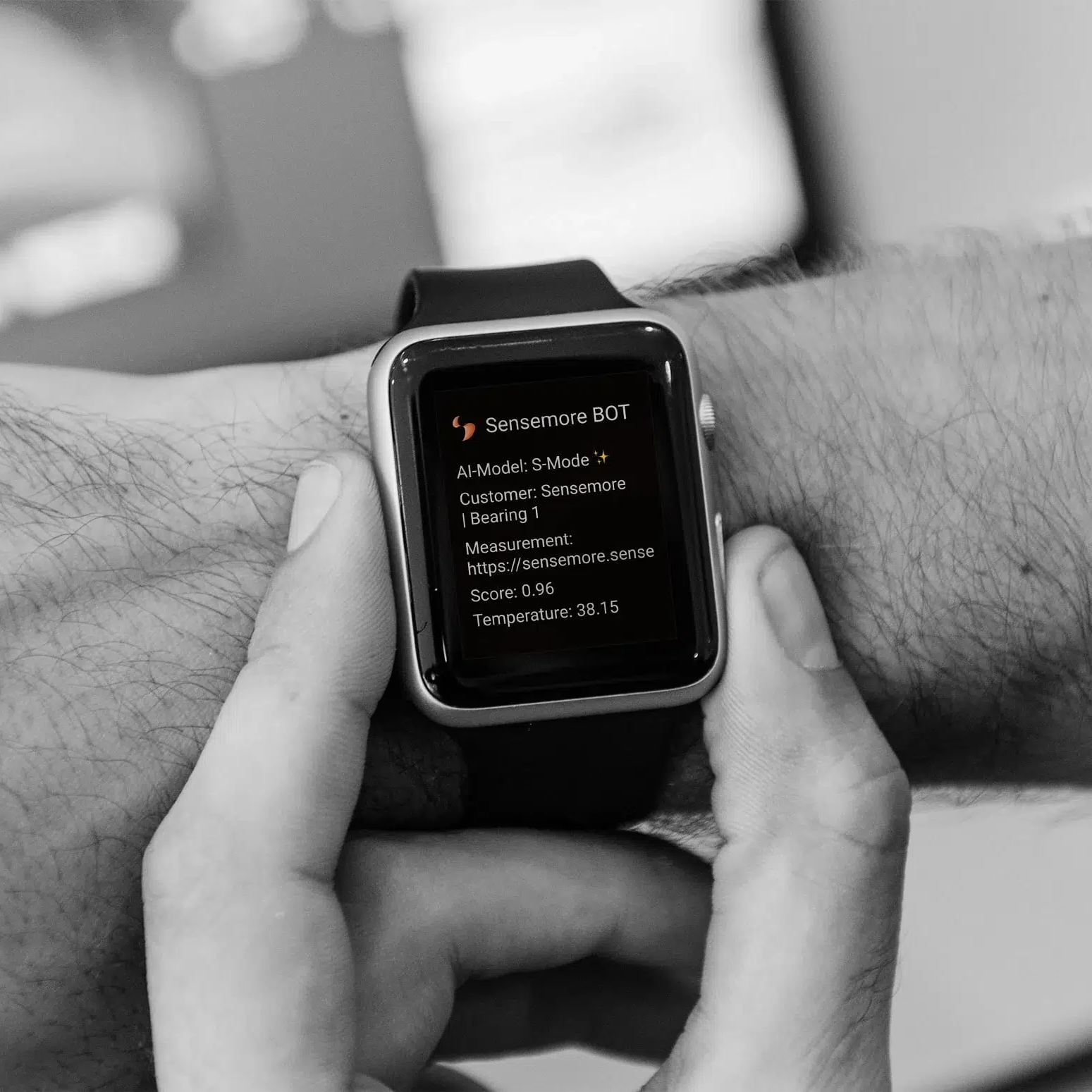Smooth functioning of equipment and systems brings us to two key concepts: maintenance and reliability. While these terms are often used interchangeably, they have distinct meanings and play unique roles in optimizing operations. By understanding these concepts, businesses can develop effective approaches to minimize downtime, extend asset lifespan, and enhance overall productivity.

Maintenance Side
Maintenance can be likened to the proactive care and attention given to equipment and systems to ensure they are operating optimally. It involves a series of planned actions aimed at preventing breakdowns, identifying potential issues, and addressing them promptly. By taking a proactive stance, maintenance helps businesses avoid unexpected failures, reduce downtime, and ultimately enhance operational efficiency. In other words, maintenance keeps the gears turning smoothly, preventing costly disruptions that can hinder productivity and profitability.
Maintenance Strategies and Techniques
For maintenance, various strategies and techniques can be employed based on specific needs and equipment characteristics. Some common maintenance strategies include:
Corrective Maintenance:
This reactive approach focuses on addressing issues once they occur, aiming to restore functionality promptly. While it may be necessary for certain situations, corrective maintenance should not be the sole reliance as it can lead to extended downtime and increased costs.
Scheduled Maintenance:
This preventive approach involves conducting maintenance tasks at predetermined intervals, irrespective of equipment condition. It ensures regular servicing and inspections, reducing the likelihood of unexpected failures. However, scheduling maintenance tasks requires careful planning to avoid disrupting production schedules unnecessarily.
Condition-Based Maintenance:
This strategy involves monitoring equipment performance and condition through data collection and analysis. By establishing predetermined triggers based on equipment parameters, businesses can schedule maintenance activities when necessary, ensuring resources are allocated efficiently. Condition-based maintenance offers the benefits of both preventive and predictive maintenance, allowing for better resource optimization and reduced downtime.
In addition to the strategies mentioned, there are various maintenance techniques that businesses employ, such as lubrication, inspections, repairs, and calibration. Each technique serves a specific purpose in optimizing equipment performance and preventing failures. Furthermore, documentation and tracking of maintenance activities are critical for establishing a comprehensive maintenance history, identifying trends, and evaluating the effectiveness of maintenance efforts. These records also help in compliance with regulatory standards and provide valuable insights for future decision-making.

Reliability Side
Reliability is characteristic of equipment that allows it to consistently perform its intended function over a specific period. It measures the ability of equipment to operate without unexpected failures or disruptions. Reliability is of utmost significance in industrial operations as it directly impacts operational goals, customer satisfaction, and overall productivity. Reliable equipment ensures smooth production processes, minimizes downtime, and instills confidence in customers who rely on consistent and uninterrupted service.
Factors Affecting Reliability
Design and Manufacturing:
The design and manufacturing processes of equipment have a significant influence on its reliability. Proper design practices, such as incorporating robust components, redundancy, and fault-tolerant features, enhance reliability by minimizing the likelihood of failures. Moreover, a thorough understanding of the operating environment, material selection, and adherence to industry standards during manufacturing contribute to the overall reliability of the equipment. By prioritizing reliability in design and manufacturing, businesses can create products that are more resistant to failures and perform consistently over time.
Maintenance Practices:
Maintenance and reliability are closely intertwined. By implementing proactive maintenance strategies, businesses can identify potential issues, address them promptly, and prevent failures that can compromise reliability. Regular inspections, lubrication, calibration, and timely repairs are all maintenance activities that contribute to enhancing equipment reliability. By investing in well-planned and executed maintenance practices, businesses can significantly increase the reliability of their equipment.
Reliability Metrics
To quantify and measure reliability, certain metrics and indicators are used in industrial settings. Two commonly used metrics are:
Mean Time Between Failures (MTBF):
MTBF measures the average time between consecutive failures of a specific piece of equipment. It provides insights into the reliability of the equipment by indicating the expected interval between failures. A higher MTBF value implies greater reliability, as it suggests longer periods of uninterrupted operation.
Mean Time to Repair (MTTR):
MTTR represents the average time required to repair equipment after a failure occurs. It measures the efficiency of the maintenance process in terms of restoring functionality. A shorter MTTR indicates quicker response and repair times, minimizing downtime and maximizing equipment reliability.
In addition to MTBF and MTTR, other metrics like availability, reliability, and maintainability are also employed to assess and evaluate the performance of equipment. These metrics provide a comprehensive understanding of equipment reliability and guide decision-making processes for optimization.
Difference Between Maintenance and Reliability
Relationship Between Maintenance and Reliability:
Maintenance and reliability go hand in hand, each playing a vital role in achieving optimal equipment performance. Maintenance practices contribute directly to the overall reliability of equipment by ensuring that it remains in optimal condition, minimizing the likelihood of failures and disruptions. In other words, maintenance acts as a proactive measure to enhance reliability by preventing failures, while reliability encompasses the broader goal of achieving consistent performance and minimizing downtime.
Focus and Objectives:
Maintenance focuses primarily on preventing failures and ensuring the functionality of equipment. It involves proactive measures such as inspections, repairs, and lubrication to address potential issues before they lead to failures. Maintenance aims to keep equipment in optimal condition, extend its lifespan, and minimize unexpected downtime.
On the other hand, reliability places emphasis on achieving consistent performance and minimizing downtime. It involves systematic planning, design considerations, and manufacturing processes that prioritize equipment reliability. The goal is to ensure that equipment operates smoothly and consistently, meeting production requirements and customer expectations.
Proactive vs. Reactive Approaches:
Maintenance takes a proactive approach by identifying and addressing issues before they occur. It involves planned activities and timely interventions to prevent failures and disruptions. Maintenance focuses on understanding the underlying causes of failures and taking steps to eliminate them.
Reliability, on the other hand, adopts a more systematic and proactive approach from the design and manufacturing stages. It aims to prevent issues from occurring in the first place by incorporating robust design features, fault tolerance, and redundancy. Reliability focuses on eliminating failure-prone elements and designing equipment that can consistently perform its intended function.
Maintenance and reliability are closely intertwined concepts within asset management, supporting business goals and represented graphically to illustrate their interdependency.
Integration into asset management:
Maintenance and reliability form integral components of asset management, ensuring the optimal performance and longevity of assets. Maintenance activities, including preventive, predictive, and corrective measures, aim to uphold asset reliability by addressing potential failures and minimizing downtime. Reliability engineering, on the other hand, focuses on enhancing asset performance and durability through systematic analysis of failure modes and implementation of design improvements.
Support for business goals:
The relationship between maintenance and reliability is pivotal in achieving business objectives such as cost reduction, improved operational efficiency, and enhanced customer satisfaction. Effective maintenance strategies contribute to minimizing unplanned downtime, thereby maximizing asset utilization and productivity. Reliability initiatives drive continuous improvement efforts, fostering a culture of reliability-centered maintenance (RCM) and enabling organizations to achieve sustainable competitive advantages in their respective markets.
Example of Maintenance and Reliability Collaboration
Scenario of a pump experiencing mechanical seal failures:
Consider a scenario where a centrifugal pump in an industrial facility experiences recurrent mechanical seal failures, leading to unscheduled downtime and production losses. The root cause analysis reveals multiple factors contributing to the failures, including inadequate lubrication, excessive vibration, and improper installation procedures. The maintenance team recognizes the need for a comprehensive reliability-centered approach to address the underlying issues and improve the pump’s performance.
Maintenance tactics applied and their outcomes:
To mitigate the mechanical seal failures, the maintenance team implements a series of targeted tactics, including:
- Upgrading lubrication systems to ensure proper lubricant supply and distribution.
- Installing vibration monitoring devices to detect abnormal vibration levels and trigger preventive maintenance actions.
- Conducting training sessions for maintenance personnel on proper installation and alignment procedures.
- Implementing a proactive maintenance schedule to perform regular inspections and preventive maintenance tasks.
These maintenance interventions yield positive outcomes, reducing the frequency of mechanical seal failures and extending the pump’s mean time between failures (MTBF). The proactive approach to maintenance not only prevents costly downtime but also enhances the reliability and longevity of the pump, aligning with the organization’s overarching business goals of operational excellence and asset optimization.
Reliability analysis and modifications leading to improved performance:
In parallel with the maintenance efforts, reliability engineers conduct a detailed analysis of the pump system to identify opportunities for design modifications and performance enhancements. Utilizing techniques such as failure mode and effects analysis (FMEA) and reliability-centered design (RCD), the engineers identify critical failure modes and develop targeted solutions to mitigate associated risks.
Based on the reliability analysis findings, the engineers propose several modifications to improve the pump’s reliability and performance, including:
- Redesigning the pump shaft to reduce susceptibility to bending and fatigue failure.
- Incorporating redundant mechanical seals or implementing a dual-seal configuration to provide backup protection against seal failures.
- Enhancing the pump’s structural integrity through material upgrades or reinforcement measures.
- Implementing condition-based monitoring systems to enable real-time performance tracking and early detection of potential issues.
These reliability-driven modifications result in significant improvements in the pump’s reliability, durability, and overall performance. By fostering collaboration between maintenance and reliability disciplines, the organization achieves sustainable gains in asset reliability and operational efficiency, reinforcing the symbiotic relationship between maintenance and reliability in driving business success.
Recommended Blog Posts
September 4, 2023
Powerful Signal Analysis Tools for Vibration Analysis
Predictive maintenance, crucial for machinery reliability, heavily relies on vibration analysis. Techniques like FFT…
September 4, 2023
Rotating Machinery Vibration Analysis
Vibration analysis is a critical tool in various industries like manufacturing, power generation, and transportation.…
December 28, 2022
Fault Diagnostic Technique Using Machine Mode Similarity Analysis
AI can diagnose machine faults with vibration data but machine mode similarity analysis is an alternative, it uses…
September 15, 2022
Understanding Rotating Machinery Data
Machine data is generated by physical attributes and actions of machines, collected by sensors and analyzed for…
August 6, 2021
Envelope Analysis
Bearings are critical elements in rotating machines, they support radial and axial loads, and reduce friction. Real…
May 6, 2021
What is Cepstral Analysis?
Cepstral Analysis, a tool used to detect periodicity in frequency spectrum, can be useful in gearbox fault detection in…
October 9, 2020
How is Fault Detection Performed?
Vibration measurements and analysis, using multiple parameters, can identify developing problems in machinery before…
September 21, 2020
Parameter Selections in Vibration Measurement
Vibration measurements are used to determine the response of machines to forces and identify potential issues. It is…
September 4, 2020
What is Vibration Analysis?
Vibration analysis can be used to discover problems in machines and predict when they might fail. It can significantly…
Discover Our Products
Sensemore Predictive Maintenance Solution
If you enjoyed this blog, explore our Predictive Maintenance Solution page.











